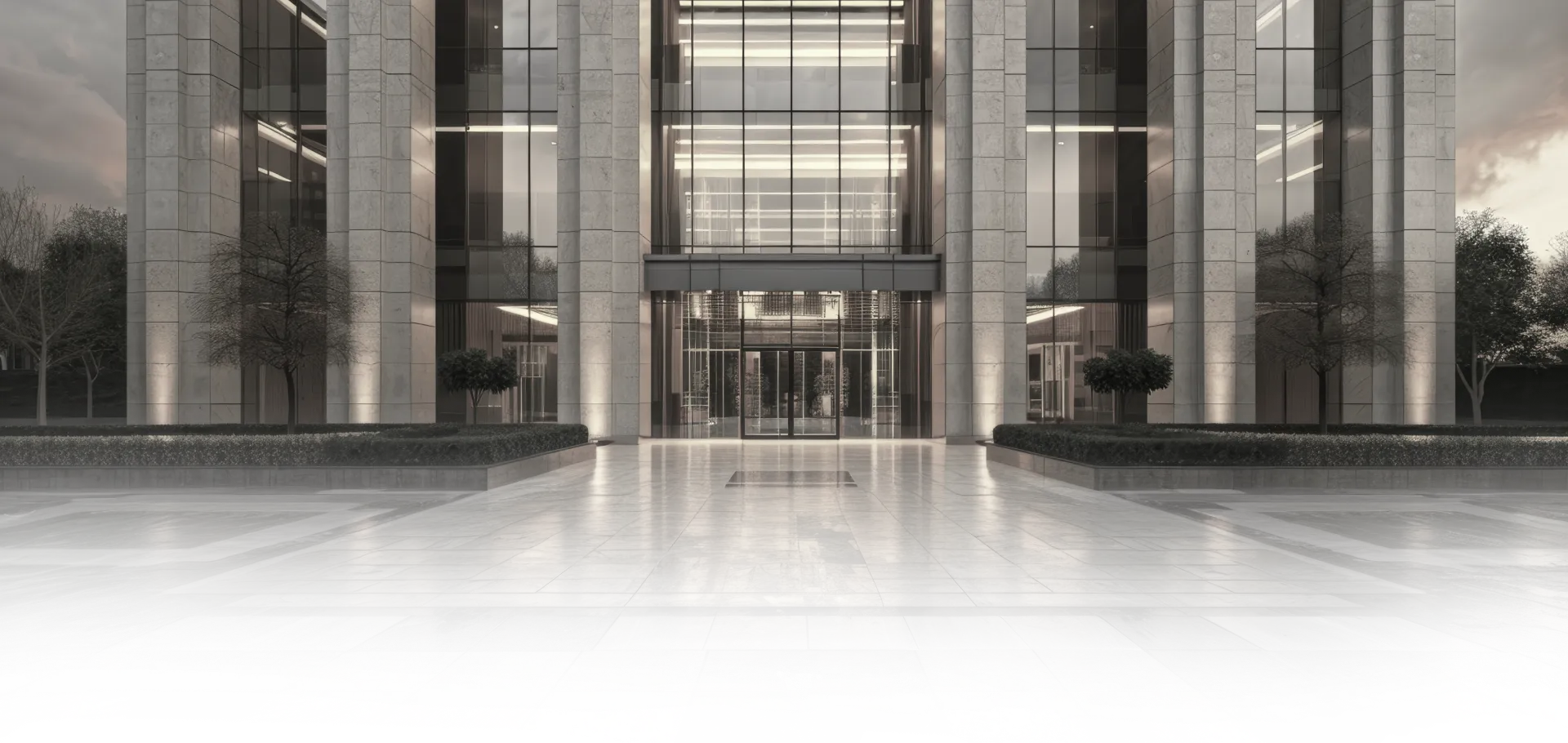Why People Struggle
- They miss the 2-year deadline to file most injury lawsuits in California (CCP §335.1).
- They don’t report the crash properly—police report within 24 hours for injury crashes and DMV SR-1 within 10 days if anyone is injured or damage exceeds $1,000 (Veh. Code §20008; DMV SR-1).
- They misunderstand rideshare insurance periods and limits, which change depending on whether the app is on, a ride is accepted, or a passenger is in the car (CPUC).
- They overlook California’s pure comparative negligence rule, which can reduce—rather than bar—recovery if the rider is partly at fault (California Supreme Court).
- They miss shorter government claim deadlines if a public entity (e.g., road hazard, bus, or first-responder involvement) is implicated (California Courts Self-Help).
In this article, you’ll learn how to avoid these pitfalls and make informed choices.
Know the Insurance “Periods” and Coverage
California regulates transportation network companies (TNCs) like Uber and Lyft. Insurance depends on the driver’s status at the time of the crash:
- Period 1 (app on, no match): At least $50,000 per person / $100,000 per incident for bodily injury and $30,000 for property damage, plus $200,000 excess coverage (CPUC summary).
- Periods 2–3 (match accepted through passenger drop-off): $1,000,000 primary liability coverage; during rides (Period 3), $1,000,000 UM/UIM is also required (CPUC summary).
Practically, your claim may go to the rideshare insurer during Periods 2–3, or to a personal auto insurer (with TNC minimums) in Period 1. Company pages confirm $1M coverage during trips, but California’s CPUC page is the controlling overview for state-required minimums (Uber insurance; CPUC).
A Common Mistake: Missing Mandatory Reports
Injury crashes in Los Angeles County, including Beverly Hills, trigger required reports:
- Police report: Within 24 hours to CHP or local police if there is injury or death (Veh. Code §20008). Locally, collision reports can be requested from the Beverly Hills Police Department or, for LAPD incidents, via the department’s LexisNexis portal (LAPD).
- DMV SR-1: Within 10 days if anyone is injured (any degree) or property damage exceeds $1,000 (DMV SR-1).
Correct approach: Seek medical care, call police, gather driver/app status details (screenshot the ride), and file SR-1 on time. These steps preserve evidence and coverage.
How Fault Affects Your Recovery
California uses pure comparative negligence. If you’re partly at fault (e.g., not wearing a seat belt or exiting into traffic), your compensation is reduced by your percentage of fault—not eliminated (California Supreme Court).
Deadlines: Standard and Government Claims
- Standard injury claims: Generally 2 years from the injury date (CCP §335.1; California Courts Self-Help). :contentReference[oaicite:11]{index=11}
- If a public entity may be liable (e.g., road defect, public vehicle): you must first file an administrative claim—often within 6 months—before suing (California Courts Self-Help; Gov. Code §911.2).
What Happens When You Follow These Steps
When crashes are documented, deadlines met, and the driver’s app status verified, adjusters can apply the correct TNC coverage (including the $1,000,000 policies during active trips) and evaluate liability under California’s comparative negligence rules. This typically results in clearer liability decisions and access to the intended coverage layers (CPUC; California Supreme Court).
FAQs
Who pays after an Uber or Lyft crash in California?
It depends on the driver’s status. During an accepted ride or with a passenger, TNCs must provide $1,000,000 primary liability; during trips, $1,000,000 UM/UIM also applies. With the app on but no ride accepted, lower TNC minimums apply (CPUC).
What is the statute of limitations for rideshare injuries?
Generally 2 years from the injury date; government-related claims require an earlier administrative claim (often 6 months) (CCP §335.1; California Courts Self-Help).
Do I need to file a DMV form after a rideshare crash?
Yes. File the SR-1 within 10 days if anyone was injured (even minor) or property damage exceeds $1,000 (DMV SR-1).
How does shared fault affect my claim?
California’s pure comparative negligence reduces compensation by your percentage of fault, but you can still recover some damages (California Supreme Court).
Local Notes for Beverly Hills Riders
For crashes within Beverly Hills city limits, you can request collision reports through the Beverly Hills Police Department’s online portal (BHPD). For incidents handled by LAPD, use the LAPD’s report request page (LAPD).
Call to Action
For help with rideshare injury claims in Beverly Hills, CA, contact Crown Law Group, PC at (310) 734-0504.


